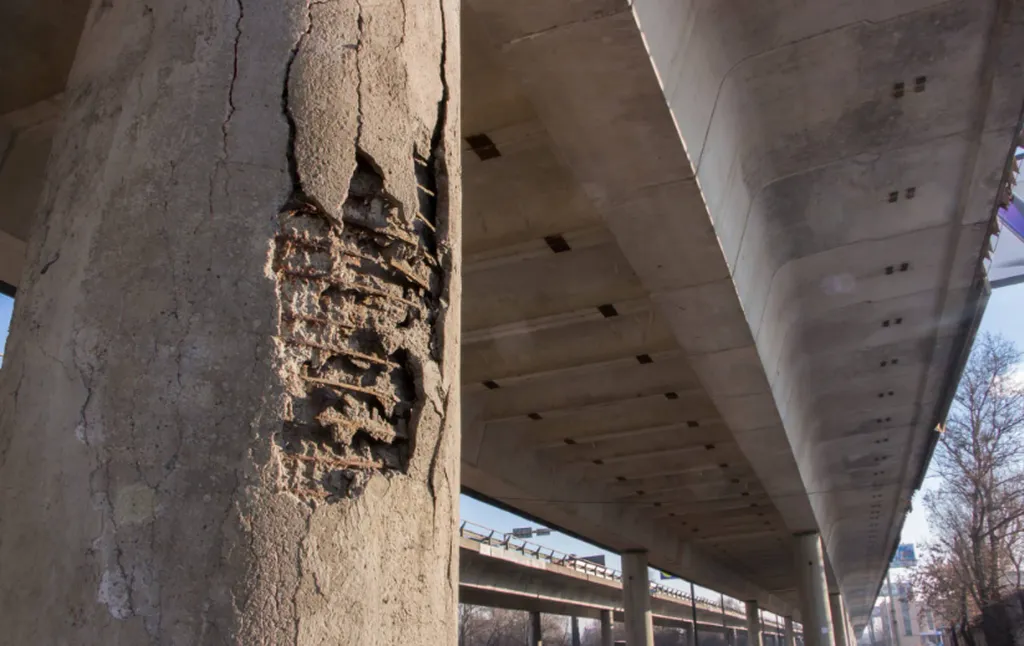In the ever-evolving landscape of civil engineering, a groundbreaking study led by Mróz Aleksander from the Faculty of Civil Engineering at Wrocław University of Science and Technology in Poland is set to revolutionize the way we monitor and manage road bridges. Published in the esteemed journal *Studia Geotechnica et Mechanica* (which translates to *Studies in Geotechnics and Mechanics*), the research delves into the application of machine learning (ML) tools in bridge weigh-in-motion (B-WIM) systems, promising to enhance accuracy and efficiency in load identification processes.
Traditionally, B-WIM systems have relied on conventional methods to detect and estimate vehicle loads, often falling short in dynamic and diverse traffic conditions. However, Aleksander Mróz’s study introduces a novel system architecture that leverages the power of ML algorithms to overcome these limitations. “The integration of machine learning techniques into B-WIM systems opens up new possibilities for real-time vehicle detection, classification, and load estimation,” Mróz explains. “This not only improves the accuracy of our measurements but also significantly enhances the scalability of the system.”
At the heart of this innovative approach is the You Only Look Once (YOLO) algorithm, which enables real-time vehicle detection and tracking. Coupled with autoencoders—neural networks designed to analyze structural response signals—the system can estimate axle loads with unprecedented precision. To validate their methodology, the research team conducted proof-of-concept case studies within a numerical simulation environment using the finite element software SOFiSTiK. These simulations demonstrated the system’s feasibility and effectiveness, showcasing its potential to handle dynamic loads and diverse traffic conditions.
The implications of this research extend far beyond the realm of civil engineering. For the energy sector, in particular, the ability to accurately monitor and manage bridge loads can lead to more efficient energy usage and reduced maintenance costs. “By understanding the true impact of vehicle loads on our infrastructure, we can optimize energy consumption and extend the lifespan of our bridges,” Mróz notes. “This not only benefits the environment but also translates to significant cost savings for energy providers and infrastructure managers.”
As the world continues to grapple with the challenges of aging infrastructure and increasing traffic volumes, the need for innovative solutions has never been greater. Mróz’s research offers a glimpse into the future of bridge monitoring, where machine learning tools play a pivotal role in ensuring the safety, efficiency, and sustainability of our transportation networks. “The potential of ML in structural monitoring is vast,” Mróz concludes. “It’s not just about improving load identification; it’s about revolutionizing the way we maintain and manage our infrastructure.”
With the publication of this study in *Studia Geotechnica et Mechanica*, the stage is set for a new era in bridge engineering, one where the power of machine learning is harnessed to create smarter, more resilient infrastructure. As the research community continues to explore the applications of ML in civil engineering, the insights gained from this study will undoubtedly shape the future of the field, driving innovation and progress for years to come.

